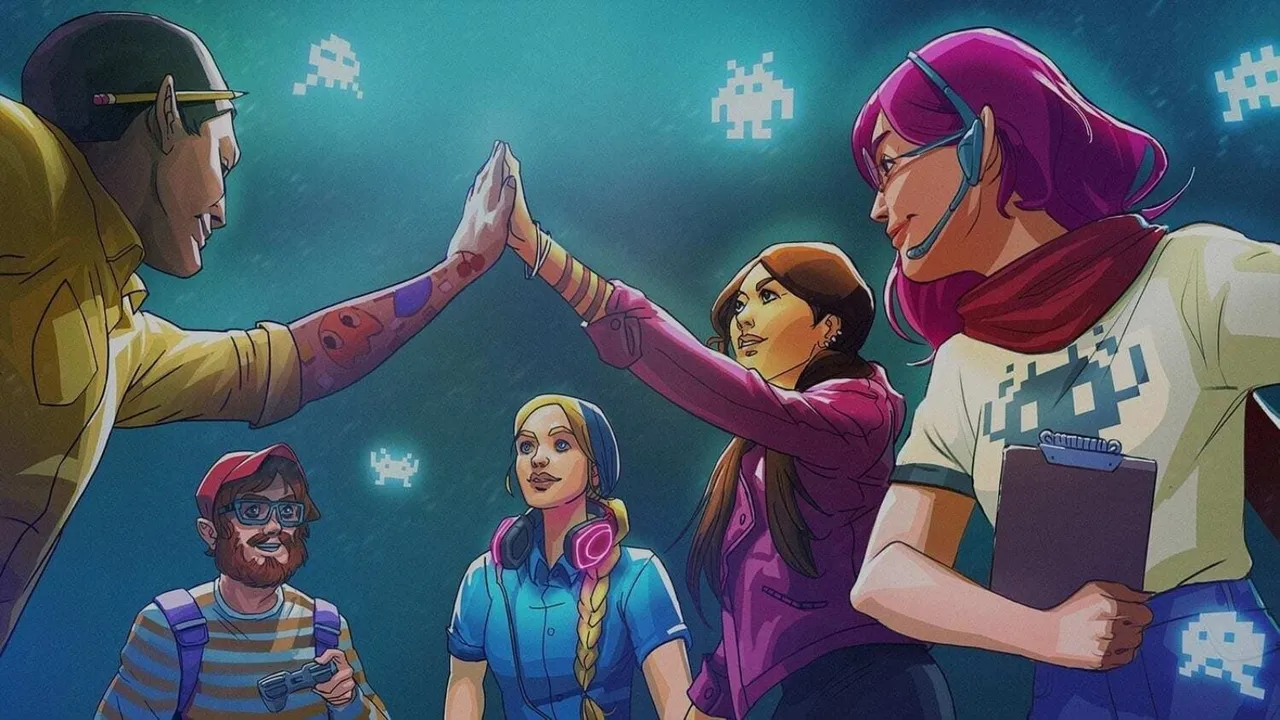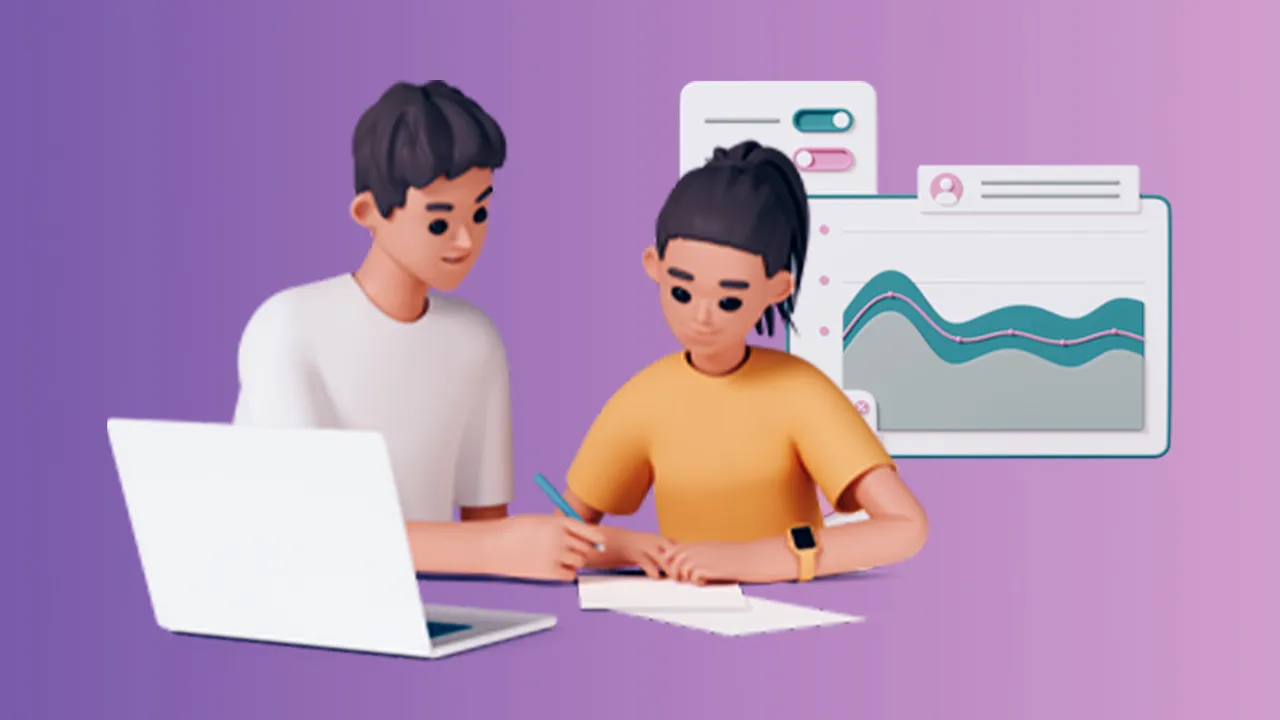User Experience (UX) Design Jobs in the Video Game Industry: The Ultimate Quick Guide

Introduction
When it comes to creating unforgettable gaming experiences, user experience (UX) designers play a crucial role in the video game industry. These professionals are responsible for ensuring that players have a seamless, enjoyable, and immersive experience throughout the entire gameplay process. If you're passionate about video games and have a knack for understanding user needs, a career in UX design might be the perfect fit for you. In this comprehensive guide, we'll explore the role of UX designers in the video game industry, the skills required to succeed in this field, and tips for landing your dream job.
The Role of UX Designers in the Video Game Industry
UX designers work closely with game developers, artists, and other team members to create player-centric gaming experiences. Their primary goal is to understand the needs and preferences of the target audience and develop solutions that enhance user satisfaction and engagement. Here are some of the key responsibilities of UX designers in the video game industry:
Conducting research: UX designers must gather data on player behavior, preferences, and needs to inform their design decisions. This may involve conducting surveys, interviews, or analyzing gameplay data.
Creating user personas: To better understand their target audience, UX designers create user personas – fictional representations of typical players. These personas help guide the design process and ensure that the end product caters to the needs of the intended users.
Developing wireframes and prototypes: UX designers create wireframes and prototypes to visualize and test their design ideas. These early-stage design artifacts help identify potential usability issues and guide the development process.
Usability testing: UX designers conduct usability testing to identify any issues with the game interface or user experience. They collect feedback from players and use it to make iterative improvements to the game design.
Collaboration and communication: UX designers work closely with various team members, such as game developers, artists, and producers. Effective communication and collaboration skills are essential for ensuring that the user experience is aligned with the overall vision for the game.
Skills Required for UX Designers in the Video Game Industry
To succeed as a UX designer in the video game industry, you'll need a diverse set of skills that combine technical expertise, creative problem-solving, and a deep understanding of user needs. Some of the key skills for UX designers include:
User research: UX designers must be skilled in various research methods, such as surveys, interviews, and data analysis, to gather insights on player behavior and preferences.
Interaction design: Understanding the principles of interaction design is crucial for creating intuitive and engaging game interfaces. UX designers must be able to design user flows, create wireframes, and develop prototypes to test their ideas.
Visual design: While UX designers are not primarily responsible for the game's aesthetics, having a strong foundation in visual design can be a valuable asset. This skillset allows UX designers to create visually appealing interfaces that enhance the overall gaming experience.
Usability testing: UX designers must be proficient in conducting usability tests to identify and resolve any issues with the game's user experience.
Communication and collaboration: Strong communication and collaboration skills are essential for UX designers, as they work closely with various team members throughout the game development process.
Knowledge of game design principles: A solid understanding of game design principles, such as game mechanics, narrative design, and player motivation, can help UX designers create more engaging and immersive gaming experiences.
Familiarity with game development tools: UX designers should be familiar with common game development tools, such as Unity or Unreal Engine, as well as design software like Sketch, Adobe XD, or Figma.
Tips for Landing a UX Design Job in the Video Game Industry
Breaking into the video game industry as a UX designer can be competitive, but with the right approach and determination, you can land your dream job. Here are some tips to help you get started:
Build a strong portfolio: Your portfolio is your chance to showcase your skills, creativity, and understanding of UX design principles. Include a variety of projects that demonstrate your ability to solve complex design problems and create user-centric gaming experiences. Make sure to highlight your role in each project and explain your design process.
Gain experience: Hands-on experience is invaluable when it comes to landing a job in the video game industry. Seek out internships, freelance projects, or even create your own game to gain practical experience in UX design. Participating in game jams or collaborating with other aspiring game developers can also help you build your skills and network.
Network with industry professionals: Networking is a crucial aspect of finding job opportunities in the video game industry. Attend industry events, conferences, and workshops to meet other professionals and learn about job openings. Join online forums, social media groups, and communities related to UX design and game development to stay informed about the latest trends and job opportunities.
Keep learning: The video game industry is constantly evolving, and staying up-to-date with the latest design tools, techniques, and trends is essential for success. Attend workshops, take online courses, and read industry blogs to continue learning and growing as a UX designer.
Tailor your application: When applying for UX design jobs in the video game industry on Hitmarker, make sure to tailor your cover letter and résumé to each specific company and role. Highlight your relevant skills and experience, and demonstrate your passion for both UX design and the company's games.
Prepare for interviews: Be ready to discuss your design process, showcase your problem-solving abilities, and explain how your skills and experience make you a good fit for the role. Familiarize yourself with the company's games and be prepared to discuss your thoughts on their UX design.
Be persistent: Breaking into the video game industry can be challenging, but don't get discouraged if you don't land your dream job right away. Keep refining your skills, expanding your network, and applying for relevant opportunities. Persistence and determination are key to success in this competitive industry.
Conclusion
A career in UX design within the video game industry can be incredibly rewarding for those with a passion for creating immersive and engaging player experiences. By developing a strong skillset, gaining practical experience, and networking with industry professionals, you'll be well on your way to landing your dream job in this exciting field. Take the next step by clicking here to see all of the UX jobs that are currently available in gaming.
-
 Landing a Summer Internship in the Video Game Industry: The Ultimate Quick Guide
Landing a Summer Internship in the Video Game Industry: The Ultimate Quick Guide -
 Entry-level Jobs in the Video Game Industry: The Ultimate Guide
Entry-level Jobs in the Video Game Industry: The Ultimate Guide -
 Junior-level Jobs in the Video Game Industry: The Ultimate Guide
Junior-level Jobs in the Video Game Industry: The Ultimate Guide -
 Intermediate-level Jobs in the Video Game Industry: The Ultimate Guide
Intermediate-level Jobs in the Video Game Industry: The Ultimate Guide -
 Senior-level Jobs in the Video Game Industry: The Ultimate Guide
Senior-level Jobs in the Video Game Industry: The Ultimate Guide -
 Getting into gaming: Strategies for landing your first game development job with Katherine Mould of Keywords Studios
Getting into gaming: Strategies for landing your first game development job with Katherine Mould of Keywords Studios -
 Art and Animation Jobs in the Video Game Industry: An Overview
Art and Animation Jobs in the Video Game Industry: An Overview -
 Business Operations Jobs in the Video Game Industry: An Overview
Business Operations Jobs in the Video Game Industry: An Overview -
 Communications and Marketing Jobs in the Video Game Industry: An Overview
Communications and Marketing Jobs in the Video Game Industry: An Overview -
 Content Creation Jobs in the Video Game Industry: An Overview
Content Creation Jobs in the Video Game Industry: An Overview -
 Game Design Jobs in the Video Game Industry: An Overview
Game Design Jobs in the Video Game Industry: An Overview -
 Game Development Jobs in the Video Game Industry: An Overview
Game Development Jobs in the Video Game Industry: An Overview